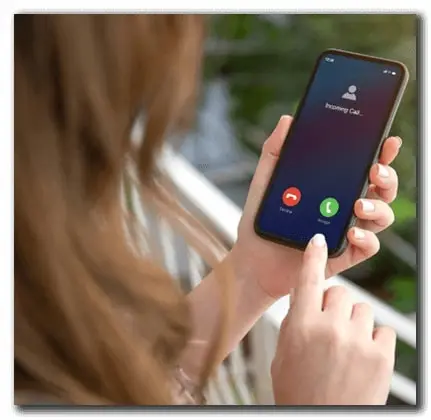Written on June 20, 2024.
What is CNAM Lookup you ask, CNAM is short for Caller ID Name, and makes it easy to identify who is calling and to spot potential spoofers and scammers.We are able to offer accurate carrier-grade CNAM lookups directly from the sources responsible for the data, so we don't cull our data from external databases. This means you can fully rely on the Caller ID information through our service.And what's more - we support a range of connection methods and we're compatible with every known switch in the industry!

When you receive a call, you can see any information related to the number on the caller display. However, it's possible for caller information to be masked or hidden, meaning you answer not knowing who it might be. We certainly know the feeling of frustration when this happens, and it's a telemarketer, scammer, or robot on the end of the line, wasting your time or your employees' time, and blocking the line for those who may actually need it.
Integrating with our CNAM solutions gives you back control! Think of it like gaining the ability to unmask a mystery caller. We offer the ability to look up Caller ID from databases responsible for this data, and even to identify possible scammers and robocalls directly. We hope this explains your question of How Does CNAM Work, if not, please email info@bulkvs.com.

The line information database (LIDB) is a collection of commercial databases used in the United States and Canada by telephone companies to store and retrieve Calling Name Presentation (CNAM) data used for caller ID service
The databases map telephone numbers to 15-character strings of caller names. Class 5 telephone switches, which provide end-office services in exchange areas, query Bulk Solutions to procure the information in these database.
In the USA, caller ID name information is not transmitted from the originating office to the destination office. It is the terminating carrier that is responsible for providing the caller ID information to its customers. The carrier performs a database lookup using the caller's telephone number to obtain the name information for the caller ID service..
Per carrier policy, the name of a person or business may be automatically added to the Line Information Database and the customer must opt-out to remain anonymous. Other carriers exclude identity information by rule, and require the subscriber to opt-in. If the identity information is not available, then the maintainer of the database often returns geographic information, such as the city and state. In case of a failure, the maintainer of the database may also return "NOT AVAILABLE".
The CNAM databases are independent databases operated by LECs and other private companies. The called party's carrier has the responsibility to perform the CNAM lookup, and it is possible that lookups for the same telephone number from different locations return different name information.

CNAM stands for Caller Name Delivery. It is a service that displays the name of the calling party alongside their phone number on the recipient's caller ID device.
CNAM, or Caller Name Delivery, is used to display the name of the calling party alongside their phone number on the recipient's caller ID device. This service helps recipients identify who is calling, enhancing call transparency and reducing the likelihood of missed important calls or falling victim to spam or fraud. CNAM is commonly used by businesses to improve communication and by individuals to recognize incoming calls.
Recipients can see the caller's name along with the phone number, making it easier to recognize important calls. It also helps reduce the likelihood of answering unwanted or spam calls by providing more information about the caller.
In telecom, CNAM (Caller Name Delivery) is a service that provides the name of the calling party to the recipient?s caller ID device, in addition to the caller's phone number.
A CNAM record is a database entry that associates a phone number with a caller's name. When a call is made, the recipient's telecom provider queries this database to retrieve and display the caller's name on the recipient's caller ID device, along with the phone number.
There are multiple CNAM databases, often referred to as CNAM repositories or LIDBs (Line Information Databases), used by telecom providers. In the United States, there are several major CNAM database providers, and telecom companies may access multiple databases to retrieve caller name information.